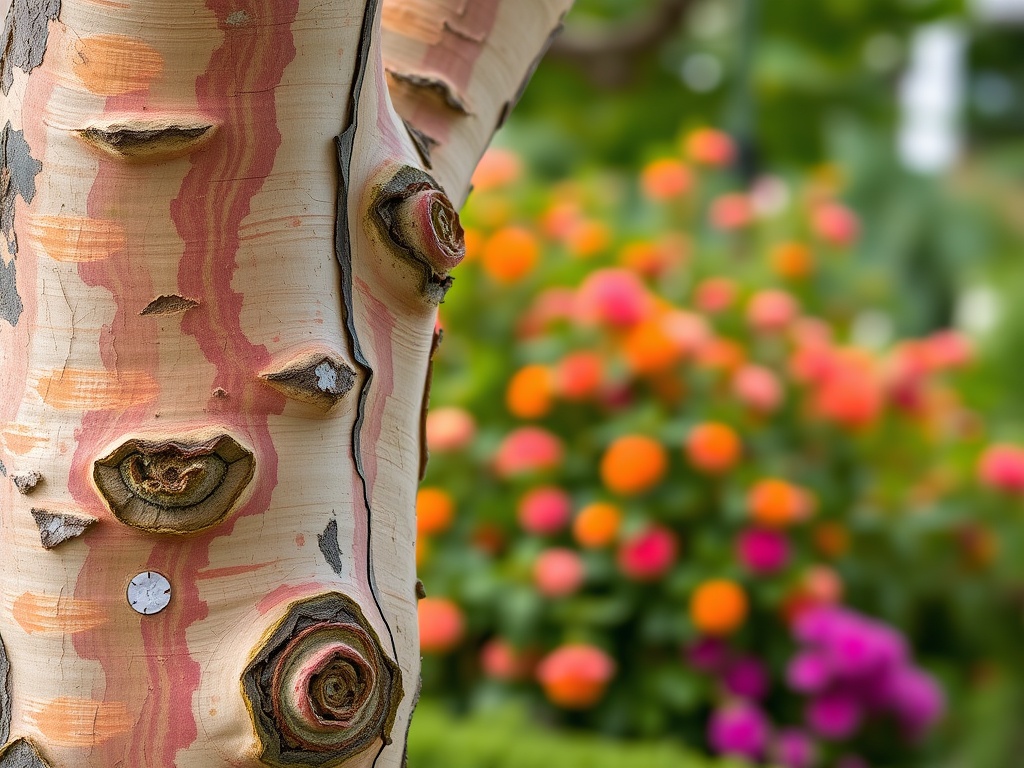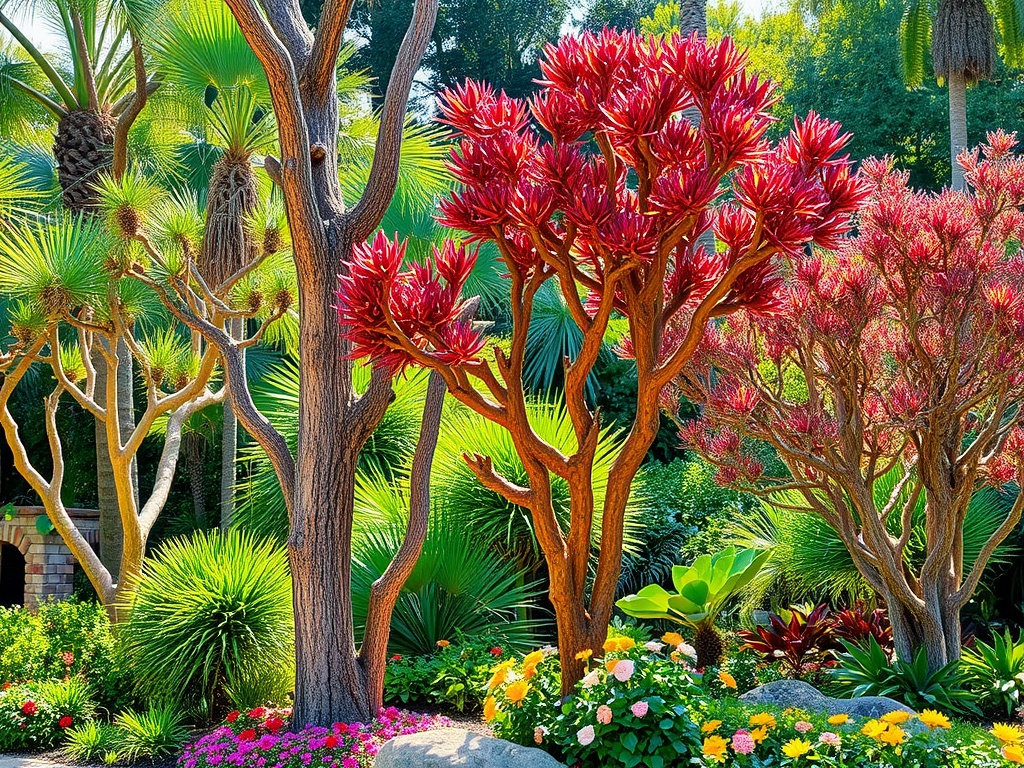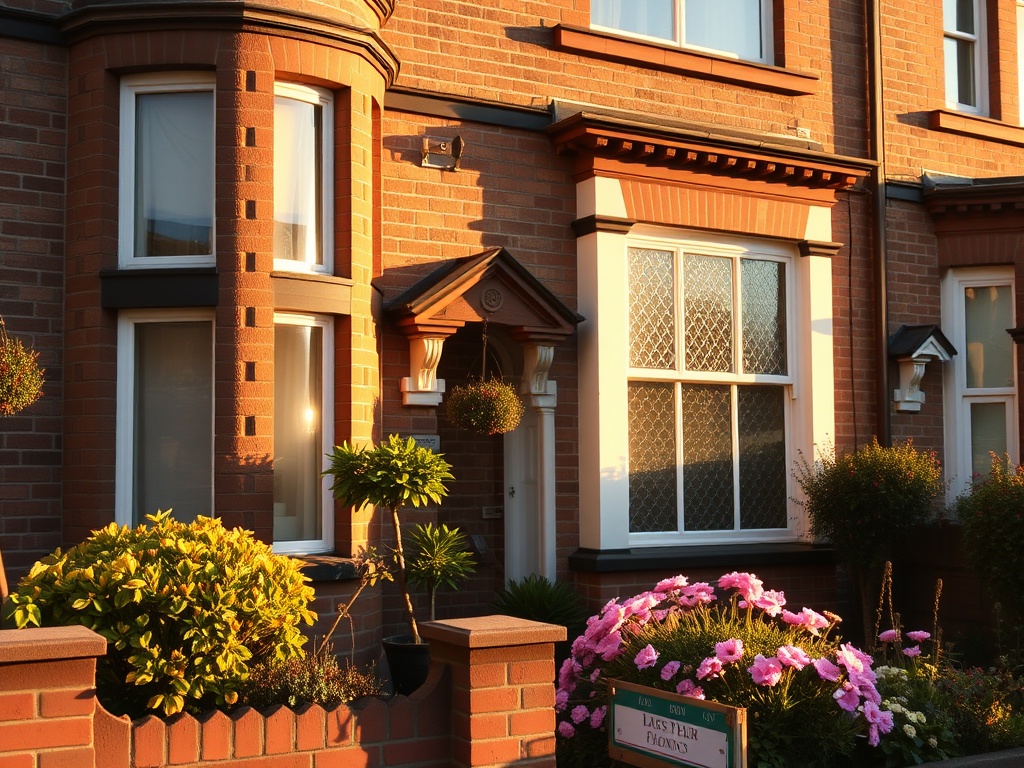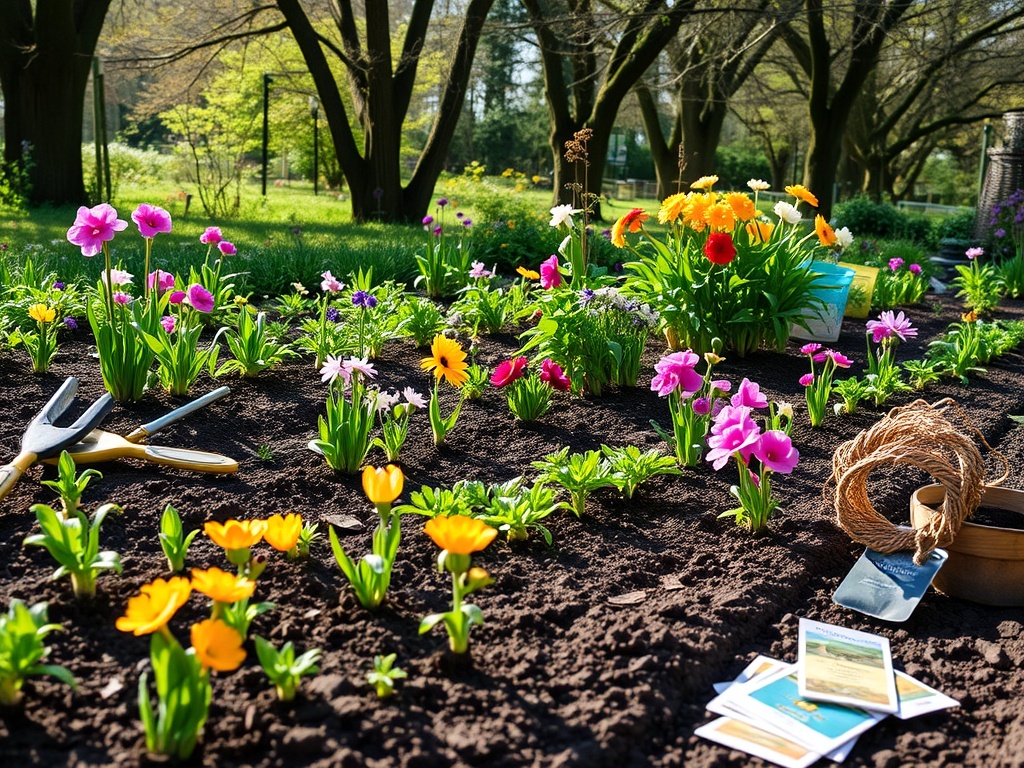Colorful Bark: An Enriching Element for Your Garden

While most tree and shrub bark is typically brown and may appear smooth or gnarled, there are a few remarkable plants that showcase vibrant, colorful bark. These unique specimens are especially cherished for their winter interest, as some even flake away to reveal beautiful patches of contrasting colors underneath.
The outer bark serves as a protective layer for the tree, shielding it from harsh weather conditions and potential harm from animals. This bark is in a constant state of renewal, as it is formed from the inner bark known as phloem. Phloem plays a crucial role in transporting nutrients from the leaves to the rest of the tree. However, it has a limited lifespan, eventually becoming outer bark, which is continuously added to or replaced. The cambium, which is the tree’s growing layer, generates new phloem as needed.
To support the living tissues beneath the bark, small pores called lenticels allow air to penetrate. While gardeners may be concerned when they notice bark splitting as trees grow, this occurrence is usually not harmful and often resolves itself over time. Unfortunately, there is little that can be done to prevent it.
The reasons behind some woody plants developing pigments for colorful outer bark remain somewhat of a mystery. Unlike flower colors, which are vital for attracting pollinators, the function of colored bark is less understood. While most trees maintain their bark, some species naturally shed their outer layers as they grow, likely to eliminate harmful insects.
Tibetan Cherry, Prunus serrula “Branklyn” (8m height), stands out as one of the finest trees for bark interest. Its striking copper-colored bark peels away to reveal a gleaming surface, complemented by delicate white flowers in spring and vibrant autumn foliage. To fully appreciate its beauty, plant it near a dry pathway that remains accessible in winter. The bark is inviting to the touch, but be cautious not to peel it away, as this could expose vulnerable living tissues. A gentle wash of the stems can enhance their color without causing harm.
Other notable trees with captivating bark include various birches. Betula utilis subsp. albosinensis “Red Panda” (12m) features eye-catching red bark that begins to peel at an early age, while Betula utilis subsp. utilis “Wakehurst Place Chocolate” (10m) showcases shades of brown peeling bark. Acer griseum (10m), known as the paperbark maple, also offers red, flaking bark. Many of these trees provide excellent autumn colors as well, making them a valuable addition to any garden. Keep in mind that younger plants may not display prominent bark characteristics, so opt for larger specimens if your budget allows.
Another charming feature is the sinuous “snake-bark” found on certain maples, such as Acer davidii “Viper” (10m), which exhibits striking green-and-white stripes, and Acer capillipes, known for its red-and-white striping.
- Kolkwitzia amabilis (3m) is a delightful shrub valued for its abundant spring blooms and its flaky, brown peeling bark that adds winter interest.
- Euonymus alatus “Compactus” (1m) features distinctive corky wings on its stems, alongside vibrant red autumn foliage and striking red fruits that reveal orange seeds.
- Acer palmatum “Sango-Kaku” is another stunning shrub, showcasing red-pink new stems and delicate summer leaves that turn yellow in the fall.
For a tree that commands attention from afar, white-stemmed birches are a popular choice for centerpieces in lawns. Betula utilis subsp. jacquemontii “Doorenbos” is a notable example, while Betula “Fascination” (12m) features orange bark that peels to reveal a white underlayer.
Though multi-stemmed trees with visually appealing bark tend to be pricier than their single-stem counterparts, they are ideal for small spaces, such as front gardens or areas alongside taller trees.
Most trees with interesting bark are deciduous, but there are exceptions. The evergreen Arbutus × andrachnoides (6m) and Arbutus unedo (6m) both display delightful peeling red bark alongside a long flowering season and strawberry-like fruits. These species thrive in sheltered courtyards and coastal gardens, adding a unique touch to your landscape.



